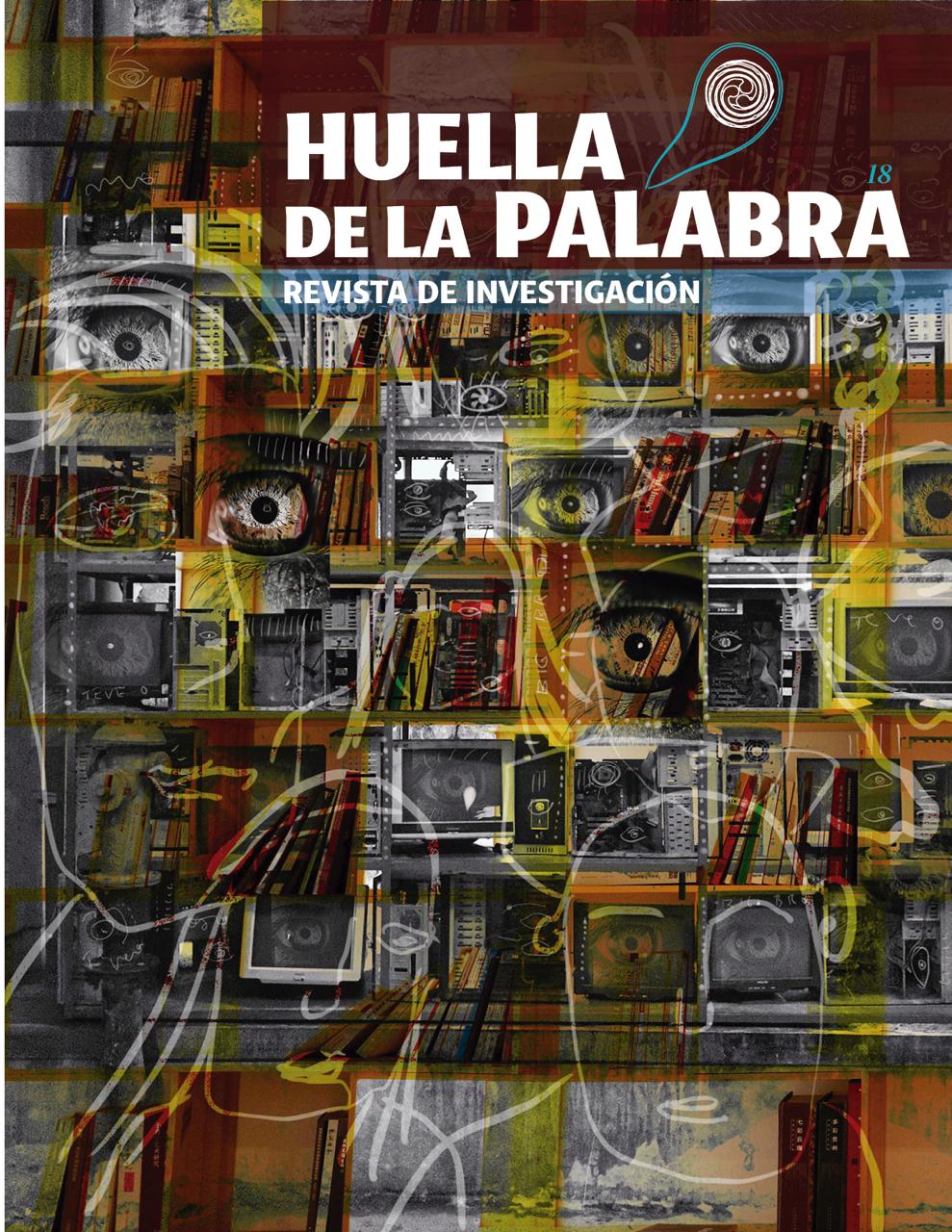The Death of Fear, An Overexposure of horror as consumption and its effects
DOI:
https://doi.org/10.37646/huella.v18i18.653Keywords:
Fear, Addiction, Desensitization, Playful animism, Emotional catharsisAbstract
Abstract
This partial research report was developed at the La Salle Pachuca University for the subject of Communication Research Technique. This research aims to know if the cinematographic products of the avant-garde horror genre continue to generate the terror that they gave at the time.
As part of the methodology, a focus group was created where students were exposed to scenes from horror movies and later a survey was carried out on the same university students where the results were conclusive, most of whom were accustomed to the genre but the minority They reacted in a more intense and sensitive way.
Downloads
References
Cárdenas Arenas, F. D., Trochez Ferreira, D. M., & Díaz Boada, S. A. (2013). El cine de terror como representación de la existencia humana. Cambios Y Permanencias, (4), 254–275. Recuperado a partir de https://revistas.uis.edu.co/index.php/revistacyp/article/view/7328
Escalante Lozano, D., & Guerrero Mejía, C. (2018). La música en el cine de terror: “La profecía” (1976) y “El Conjuro” (2013) (Bachelor's thesis, Universidad de La Sabana).
Flores, S. (2018). El cine de terror en México: entre monstruos, leyendas ancestrales y luchadores populares. Secuencias, (48), 9-34.
González, C. S. (2012). El cuerpo como morada del monstruo en el cine de terror contemporáneo. Ars Bilduma, (2), 48.
Hermosilla, E., Cánepa, L. L., & Arévalos, V. (2024). La mujer en el cine de terror latinoamericano. Imagofagia, (30), 260-263.
Kyun-hyun, K. (2007). El cine de terror contemporáneo en Corea: Un diagnóstico. Nosferatu. Revista de cine, (55), 92-100.
López, A. R. (2016). El cine de terror psicológico. La arquitectura de un falso género. Escribanía, 14(1).
Lombo Montañés, A. (2024). “¿No decías que no creías en esas cosas?”: Breves notas acerca de las raíces del miedo y el cine de terror. Antropología Experimental, 24, 289-301. https://doi.org/10.17561/rae.v24.8695
Mandujano Salazar, Y. Y. (2024). La necesitada catarsis de la sociedad latinoamericana en el cine de terror. Instituto de Ciencias Sociales y Administración.
Maté, Diego Enrique; Temor y temblor: antes y después del terror cinematográfico en el videojuego; Universitat de València. Departamento de Teoría de los Lenguajes y Ciencias de la Comunicación; EU-topías; 20; 1-2021; 133-146.
Molina, M. E. B. S. (2021). Los afectos de la maldad. La composición técnica y estética de las formas afectivas del miedo en el cine de terror occidental (2015-2020) (Doctoral dissertation, Universidad Autónoma Metropolitana).
Roas, D. (2018). El horror de lo imposible. Brumal, 6(2), 0009-13.
Reyes Sandoval, D. A. (2024). Un placer espantoso: El gusto por el miedo y su influencia en nuestra cultura. Interpretextos Revista Semestral De creación Y divulgación De Las Humanidades (Colima), 1(2), 127–144. https://doi.org/10.53897/RevInterp.2024.02.08
Roche Cárcel, J. A. (2017). Crisis y miedo al otro en el cine de terror. El caso de King Kong (1933).
Sánchez-Biosca, Vicente, "Despedazar un cuerpo: de una cierta tendencia en el cine de terror postmoderno" en Interrogaciones sobre Hitchcock, Eduardo A. Russo (comp.), Buenos Aires, Ediciones Simurg, 2001, ISBN: 987-9243-68-4, pp. 189-200.
Sanz Aznar, J., & Caballero Molina, J. J. (2021). Funciones y características del condicionamiento extrafílmico del espectador en el cine de terror. Miguel Hernández Communication Journal, 2021, vol. 12, num. 1, p. 21-40.
SUASTE MOLINA, Erick Bernardo. El cine de terror en la era de la hipermodernidad cinematográfica. La Colmena, [S.l.], n. 80, p. 153-160, oct. 2017. ISSN 2448-6302. Disponible en: https://lacolmena.uaemex.mx/article/view/5435. Fecha de acceso: 04 nov. 2024.
Tierney, D. (2002). El terror en El beso de la mujer araña. Revista iberoamericana, 68(199), 355-365.
SQM, Santiago. [Cinematix]. (2024, Noviembre, 1). El Terror que no soporto [Video]. YouTube. El Terror que No Soporto.
Rios, J., Mezarina, Y., Garro, A., Castañeda, A., Carrasco, P., Arizaga, K., ... & Prieto, A. (2021). Efectos psicológicos del cine de terror en los estudiantes de la generación Z de la Universidad de Ciencias y Artes de América Latina en el año 2021.
Downloads
Published
How to Cite
Issue
Section
License
Copyright (c) 2024 Sebastián Barrientos Ramírez

This work is licensed under a Creative Commons Attribution 4.0 International License.
Authors who publish with this journal agree to the following terms:
- Authors retain copyright and grant the journal right of first publication with the work simultaneously licensed under a Creative Commons Attribution License 4.0 that allows others to share the work with an acknowledgement of the work's authorship and initial publication in this journal.
- Authors are able to enter into separate, additional contractual arrangements for the non-exclusive distribution of the journal's published version of the work (e.g., post it to an institutional repository or publish it in a book), with an acknowledgement of its initial publication in this journal.
- Authors are permitted and encouraged to post their work online (e.g., in institutional repositories or on their website) prior to and during the submission process, as it can lead to productive exchanges, as well as earlier and greater citation of published work.









